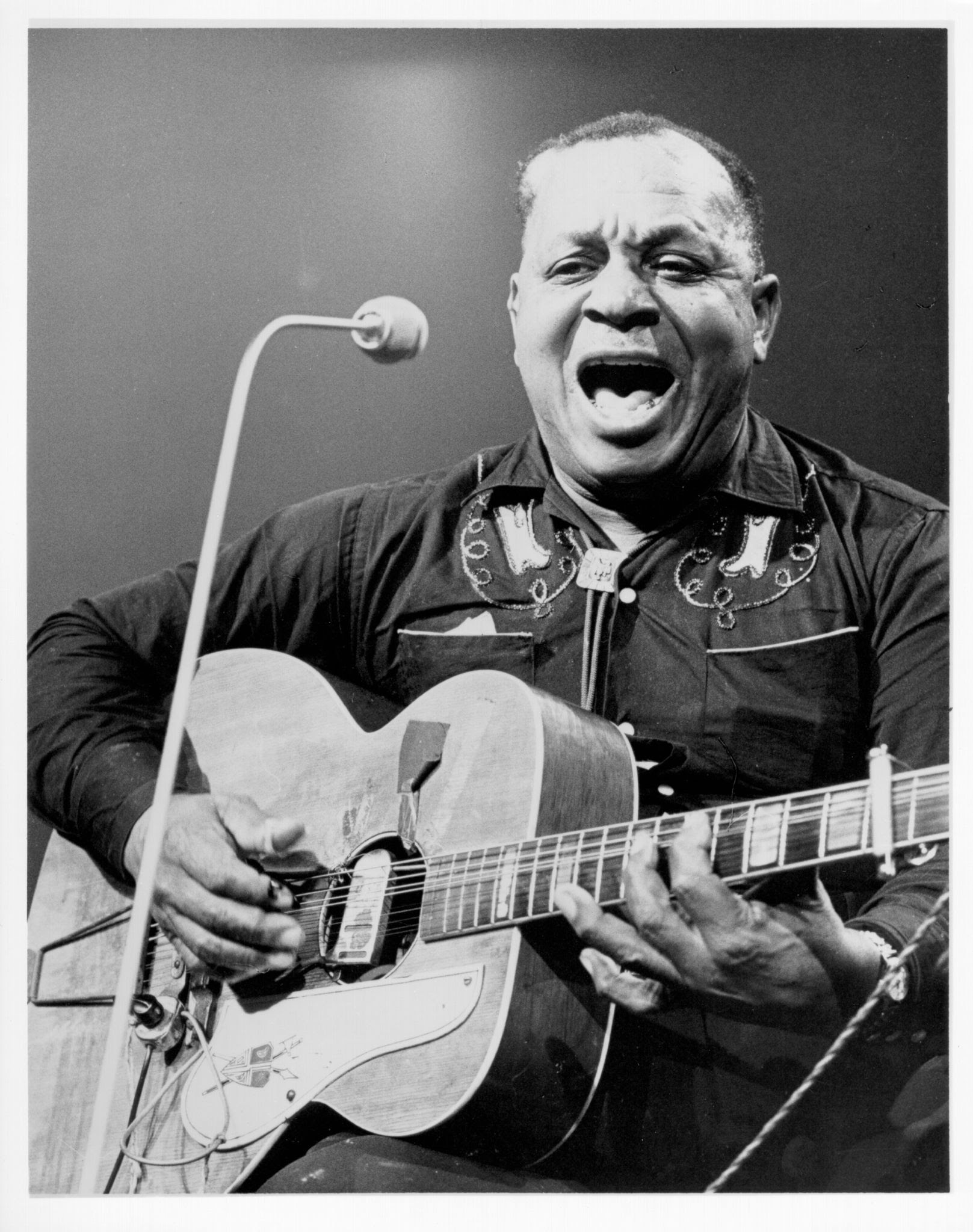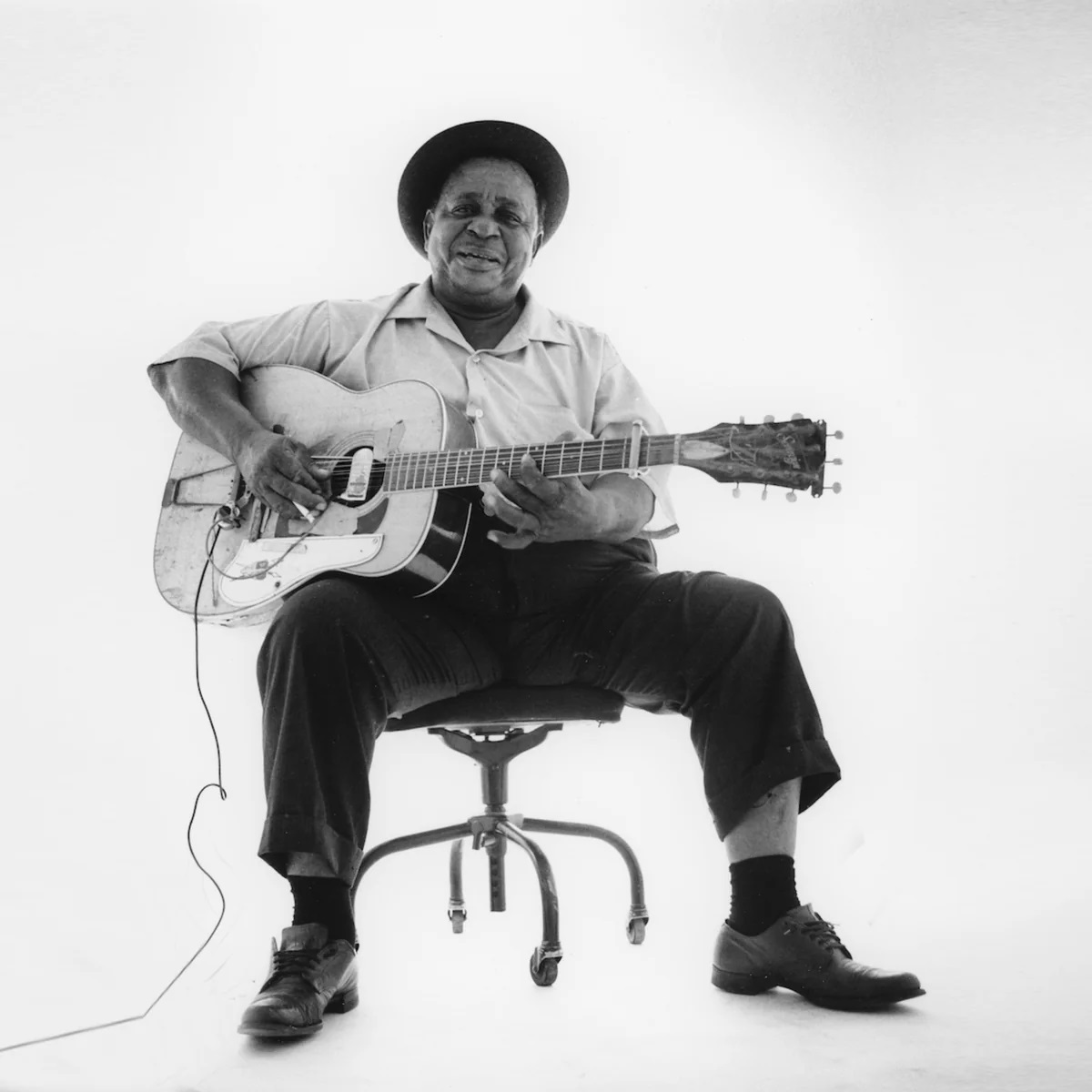Big Joe Williams was one of the most distinctive and influential blues musicians of the 20th century. Known for his raw energy, gritty vocals, and a guitar style as unconventional as his life, Williams left a lasting mark on American music. Here are five fascinating curiosities about this legendary artist that showcase his originality and enduring legacy.
1. He Played a Nine-String Guitar—That He Modified Himself
One of the most iconic aspects of Big Joe Williams’ music was his use of a customized nine-string guitar. Originally a six-string model, Williams modified the instrument by adding three extra strings, creating a unique, jangly sound that became his trademark. He reportedly made these adjustments himself, even using coat hanger wire and other makeshift parts. His unusual tuning and rhythmic fingerpicking gave his performances a raw, almost hypnotic intensity that set him apart from other blues musicians.
2. He Helped Launch the Career of Muddy Waters
Before Muddy Waters became a blues legend in his own right, he was heavily influenced and encouraged by Big Joe Williams. During Williams’ travels in the Mississippi Delta, he encountered the young McKinley Morganfield—better known as Muddy Waters—and helped him get his first recording session with the Library of Congress in 1941. This early exposure played a key role in Muddy’s path to becoming one of the most important figures in electric blues.
3. He Was a Wandering Troubadour
Big Joe Williams fully embodied the image of the itinerant bluesman, traveling constantly throughout his life. He performed everywhere from street corners to juke joints, hopping freight trains and living a nomadic lifestyle that was typical of early blues musicians. His travels took him across the American South and beyond, and he never seemed content staying in one place for too long. This restlessness contributed to the wide variety of styles and influences found in his music.
4. He Recorded for the Iconic Bluebird Label
In the 1930s, Williams recorded for Bluebird Records, a label known for launching the careers of many influential blues and jazz artists. His recordings from this period, such as “Baby, Please Don’t Go,” became staples of the blues canon. His gritty, emotionally charged vocal delivery and rhythmic guitar work on these tracks helped shape the sound of the Delta blues and influenced countless artists in the decades that followed.
5. He Continued Performing into His Later Years—With Undiminished Energy
Unlike many of his contemporaries, Big Joe Williams remained active and energetic well into his later years. He performed at blues and folk festivals during the 1960s blues revival, connecting with a new generation of fans. Even as he aged, his stage presence remained powerful, and his guitar work retained its raw, percussive edge. He became a beloved figure in both traditional blues circles and among younger folk and blues enthusiasts.
Conclusion
Big Joe Williams was more than a blues musician—he was a storyteller, an innovator, and a tireless performer whose life reflected the soul of the Delta blues. From his handmade nine-string guitar to his influence on future legends, his contributions to American music are both unique and enduring. These five curiosities offer just a glimpse into the life of a man whose legacy still resonates with blues fans around the world.


Comments are closed